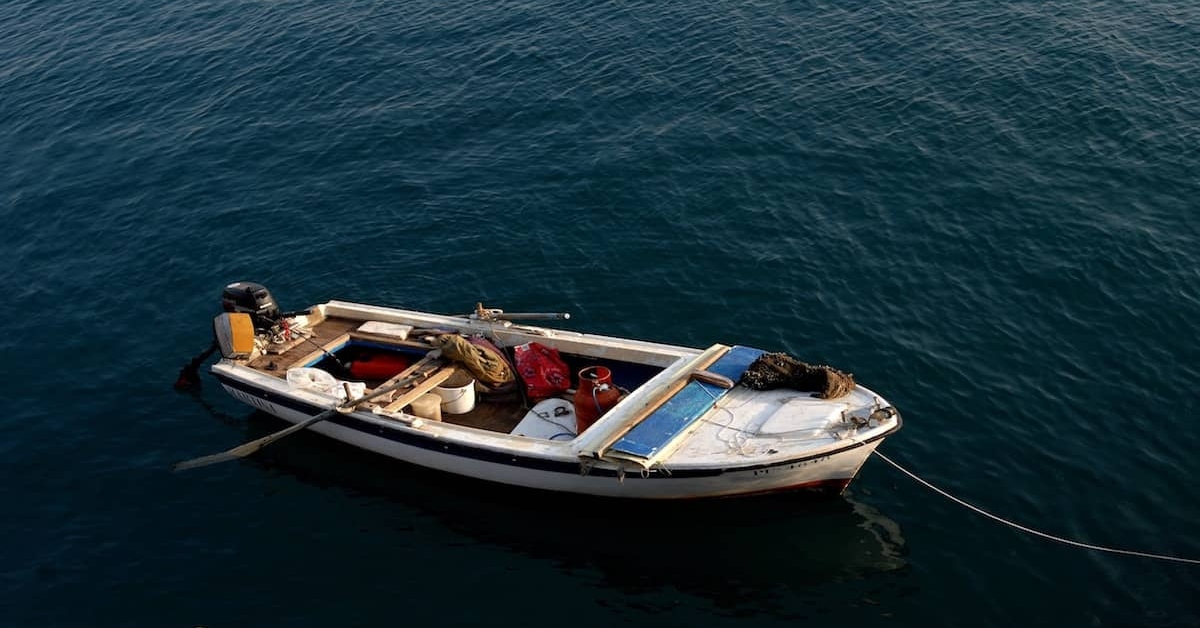Many think of pirates and chests of gold when thinking of ‘treasure’ – but today, we still have modern-day “treasure hunters.” Adventurers that undertake the recovery of a ship, its cargo or other property after a shipwreck are in the business of maritime salvage.
Seamen and engineers that perform salvage on ships they have never owned or worked on are called “salvors”. There are several reasons why salvors may recover a vessel, including repair of the ship, clearing a channel for navigation, preventing pollution or to recover valuable parts and items. High priority salvage projects usually include situations where oil or other contaminating substances are present in a ship’s cargo.
What are Salvaged Goods?
Salvaged goods are generally considered items that were re-used as an alternative to disposal. In marine salvage, any items that are recovered and can be sold or re-used are considered salvaged goods. Some examples of salvage goods from ships include (but are not limited to):
- Ship parts
- Recyclable materials
- Construction materials
- Personal effects (e.g. jewelry, currency)
Considering the varied purposes of boats, the types of salvaged goods recovered from a vessel are virtually endless. The way goods are salvaged is described by 4 different types.
Types of Maritime Salvage
Maritime law, also called admiralty law, involves the laws that govern marine salvage projects. Maritime salvage is separated into 4 types, based on the relationship of the salvor to a vessel’s owner. The 4 types include:
Contract
In contract salvage, a binding agreement is drawn up between the owner of the ship and the salvor, prior to any activity. Payment terms vary between fixed amounts and variable rates, as well as depending on whether the operation is successful.
Pure
In cases of pure salvage, which is also referred to as merit salvage, no contract exists between the owner and salvor, however a relationship is implied by law. The salvor must make a claim in the appropriate court and may be awarded the project. Claims are divided into “high-order” and “low-order”, depending on the risk of injury the salvors will encounter during the project. In order for a claim to be awarded, the vessel must be in ‘peril’ (as defined in maritime law), the salvors must volunteer for the project and the project must be successful.
Naval
Several navies have specific vessels assigned to supporting the rest of the fleet; these ships will be assigned to any naval salvage projects. Diving teams often accompany such vessels, and will employ specialty diving techniques in deep waters that civilian divers would be unable to reach.
Plunder
Modern-day treasure hunters are involved in plunder salvage. These types of projects can occur when a ship has been lost in an unknown area. Plunderers may engage in “finder’s, keeper’s” operations to discover the location of a wreck and recover the vessel’s goods without the owner’s knowledge.
These 4 types of salvage dictate the ‘who’ of salvage projects, but there are also several different ways a project may be carried out.
How Items are Located and Recovered
In most cases, salvage requires towing or re-floating a sunken or grounded vessel, or the patching or repair of a ship. This undertaking will usually require the use of divers, as well as heavy equipment such as cranes and floating dry docks. A tugboat is often used to relocate a ship in different stages of salvage.
How salvage is performed can be classified under one of several terms:
Offshore
Offshore salvage occurs when a stranded or sunken ship is re-floated. These projects are usually the most dangerous because of the exposure to the elements and the vessels are more susceptible to deterioration. Speed is an important factor in offshore salvage projects.
Harbor
Harbor salvage specifically refers to those ships that have suffered wreckage in sheltered waters. These vessels are not as susceptible to deterioration due to calmer waters, and speed is only of the essence when a ship is obstructing navigation for other boats. Harbor projects also allow for easier access to equipment.
Cargo / Equipment
In some cases, a vessel’s body is not as high in priority as the cargo or equipment it was carrying. This is true in cases of environmentally hazardous materials, expensive equipment and precious metals. The focus on removing the goods in the ship may require the hull of the vessel being torn apart to access the cargo.
Wreckage Removal
Even in cases of ‘worthless’ stranded ships, wreckage removal may be performed. These ships have little to no inherent value and are not carrying cargo worth recovering. The cheapest and most practical methods of recovering these ships are usually employed.
Afloat
When a ship has been damaged beyond use but is still able to float, afloat salvage takes place. This may include damage control methods such as hull welding, structural bracing and stabilization. Techniques are usually unobtrusive, and afloat salvage can often be performed in a manner that allows the ship to return to service with little interruption.
Clearance
When many vessels have suffered damage in the same area, clearance salvage may be performed. This is a coordinated removal of several ships, usually in the wake of a catastrophe such as a natural disaster or act of war. The extent of damage can vary greatly in such situations.
The salvage industry requires courageous individuals, due to the dangers involved in the profession. Salvors are subject to the effects of the environment as well as run the risk of injury during salvaging procedures.
Common Injuries Occurring During Recovery
When salvaging projects become dangerous, there are many types of injuries a salvor may sustain. From weather-related incidents to equipment failure, these marine workers are often in peril.
Examples of marine salvage injuries include(but are not limited to):
- Back and neck trauma
- Broken bones
- Concussion
- Decompression sickness
- Dental trauma
- Drowning
- Frostbite
- Hypothermia
- Internal trauma
- Lacerations
- Loss of limb
- Puncture wounds
- Traumatic Brain Injury (TBI)
- Wrist problems
These are just some examples of the types of injuries a salvor may sustain. Such trauma can range from minor to life-threatening, and sometimes may even result in wrongful death.

